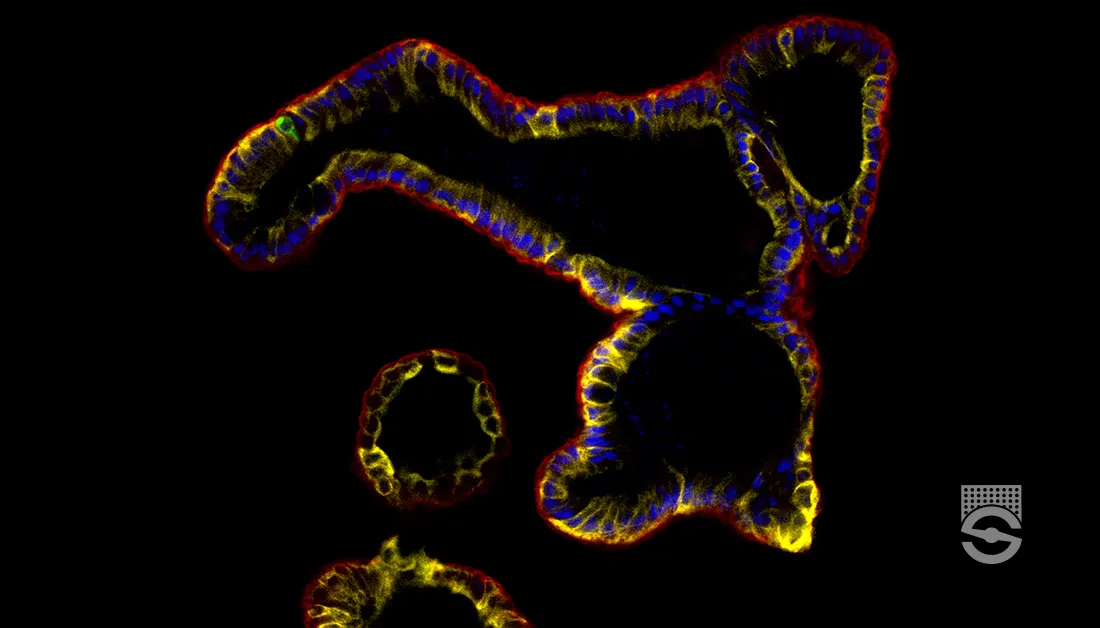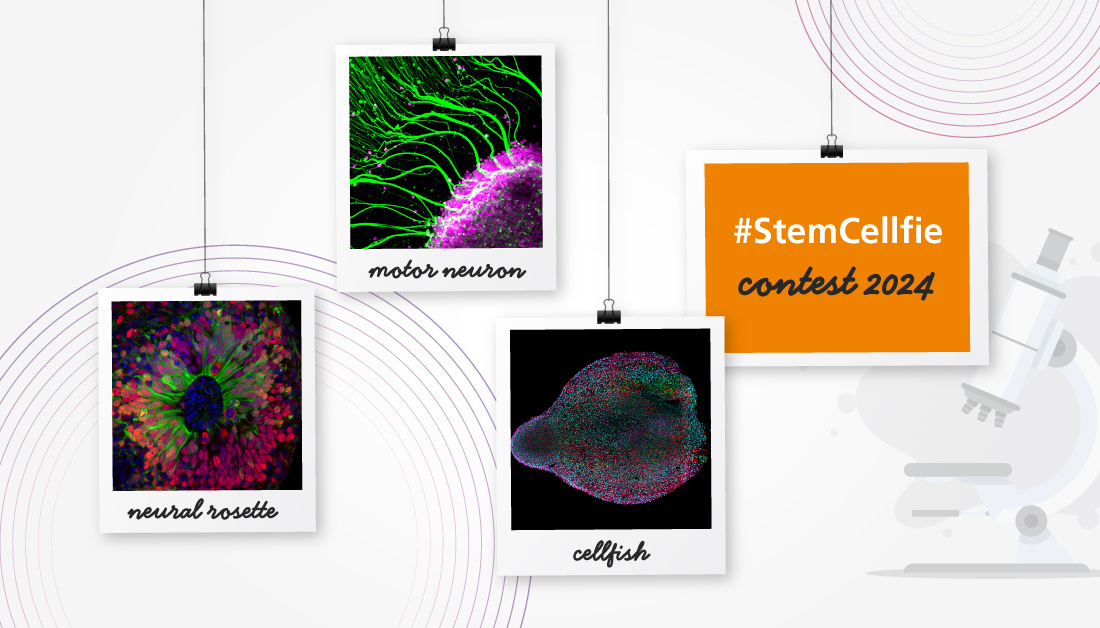Gomori's Impregnation
for Reticulin
Materials
- Silver nitrate, 2% aqu.
- Silver nitrate, 20% aqu.
- Strong ammonium hydroxide (s.g. 0.88).
- Sodium hydroxide, 40% aqu.
- Periodic acid, 0.5% aqu.
- Formalin, 3% aqu.
- Yellow gold chloride, 0.5% aqu.
- Sodium thiosulphate, 5% aqu.
- Neutral red, 1% aqu.
Preparation of Ammoniacal Silver
- Place 10 mL of 10% silver nitrate in a flask.
- Add 2.5 mL of 10% potassium hydroxide.
- Allow the precipitate to settle then remove the supernatent with a Pasteur pipette.
- Wash the precipitate twice with distilled water, allowing the precipitate to settle and draining after each.
- Add 10 mL distilled water.
- While swirling, slowly add drops of strong ammonium hydroxide until the precipitate just redissolves.
- Slowly add a drop or more of 10% silver nitrate until the solution becomes very faintly opalescent.
- Make up to 20 mL with distilled water.
Tissue Sample
5 µ paraffin sections of neutral buffered formalin fixed tissue are suitable. Other fixatives are likely to be satisfactory. A section adhesive is recommended.
Protocol
- Bring sections to water via xylene and ethanol.
- Oxidise with 1% potassium permanganate for 2 minutes.
- Bleach in Oxalic acid for a 2 minutes.
- Rinse well with tap water.
- Sensitise with 2.5% iron alum solution for 1 minute.
- Rinse with tap water.
- Rinse well with distilled water.
- Treat with ammoniacal silver for 1 to 3 minutes.
- Rinse briefly with distilled water.
- Reduce in 10% formalin for 3 minutes.
- Rinse well with tap water.
- Rinse with distilled water.
- Tone with 0.2% gold chloride solution.
- Rinse with distilled water.
- Fix in 5% sodium thiosulphate for 5 minutes.
- Wash well with running tap water.
- Counterstain with neutral red for 1 minute.
- Rinse with tap water.
- Dehydrate with ethanol, clear with xylene, and mount with a resinous medium.
Expected Results
- Reticulin fibres – black
- Nuclei – red
- Background – grey
Notes
- Ensure that both the ammonium hydroxide and potassium hydroxide are fresh and full strength. Keep both well stoppered when not in use. For the ammonium hydroxide, pour sufficient for use from the stock bottle into a beaker, then immediately restopper the stock bottle. Do not return excess ammonium hydroxide to the stock bottle.
- After making the ammoniacal silver solution, smell the solution to ensure it has only a faint smell of ammonia. If the smell of ammonia is strong it indicates that too much ammonium hydroxide has been added. If so, it is preferable to make the solution again. Improperly made ammoniacal silver solutions can affect the quality of the impregnation.
- Drury & Wallington say to bleach with 3% aqueous potassium metabisulphite instead of oxalic acid at step 3.
- Drury & Wallington also specify treatment with 3% aqueous potassium bisulphite for one minute followed by a distilled water rinse, immediately after toning (step 13). They do not say if this is part of the toning procedure or is an independent step. Culling et. al. omit it.
- Iron alum is ferric ammonium sulphate.
- 10% formalin is made by diluting strong formalin 1:10 with tap water (10 mL strong formalin, 90 mL tap water).
- Toning is a variable step. Untoned sections give dark brown reticulin fibres on a paler brown background. Many microscopists prefer to tone for about 15 seconds to produce brown-black reticulin fibres on a pale grey-brown background. Others tone longer (a few minutes) to produce black reticulin fibres on a grey background. Longer toning produces purple tones. Tone according to the personal preference of the microscopist reviewing the slides.
Safety Note
Prior to handling any chemical, consult the Safety Data Sheet (SDS) for proper handling and safety precautions.
References
- Drury, R A, and Wallington, E A, (1967).
Carleton’s histological technique., Ed. 5.
Oxford University Press, London, England. - Culling, C F A, Allison, R T, Barr, W T, (1985).
Cellular pathology technique., Ed. 4.
Butterworths, London, England.





